Slow Architecture
Higher, faster, further – and yet every day more people are deciding to take the pace out of their daily lives. Globalisation, mass consumption and the need for growth come at the cost of well-being, productivity and quality of life. This is a subject that best-selling Canadian author Carl Honoré has been exploring for many years, notably in his book “In praise of slowness”.
A counter-trend to life in the fast lane
Could deliberate slowness be the counter-trend to the fast-paced nature of the world? While it may seem counter-intuitive, for Honoré it’s key because it allows us to ponder the big questions: Who am I? What is my purpose? What sort of life should I lead? How do I want to live? How can we make the world a better place? While at first these questions may be uncomfortable, they nevertheless help us to stop and reflect, and ultimately cause us to be more aware of how we live our lives.

Slow Food
The philosophy of questioning the complex relationships on which our lives are based is nothing new. As early as the 1980s, the “slow” movement was emerging as a cultural force in Italy. It was sparked by the opening of the first branch of McDonald’s in the heart of Rome, which many saw as an affront to the culinary and gastronomical culture of Italy. Under the slogan “slow food” an international movement developed which consciously rejected fast food and fast living – the rapid, careless consumption of food and goods – and advocated the protection of local ecosystems, food production and sustainable consumption. The core principles are based on the three pillars of good, clean and fair. That means good quality food produced in ways that do not harm people or the planet as part of a fair, sustainable supply chain.
Slow Travel
This philosophy of re-evaluating time, space and experience can also be applied to other areas of life, from slow fashion to slow travel. The art of slow travel is also addressed by Carl Honoré: “My way of understanding the world is to savour it, to look, listen and experience it with all my senses. I take time to think about it and I share my thoughts with others.” It's not simply about how fast you go from one destination to another, but about the journey. Slow travel brings the uniqueness of each place to the fore, whether it be the special character that pervades the buildings, traditional craftsmanship and ways of life or the stories behind its history. It’s not only travellers who can benefit from this, but locals and the environment as well.
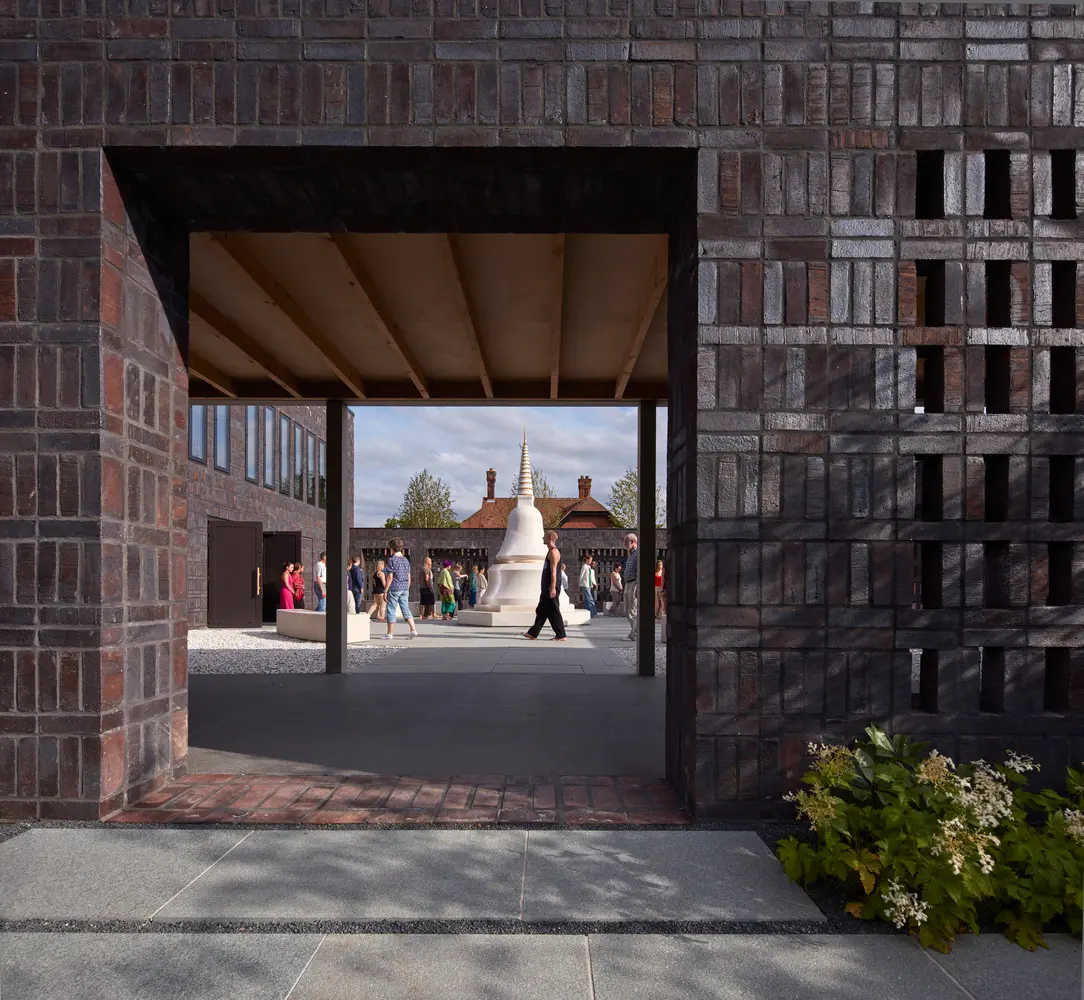
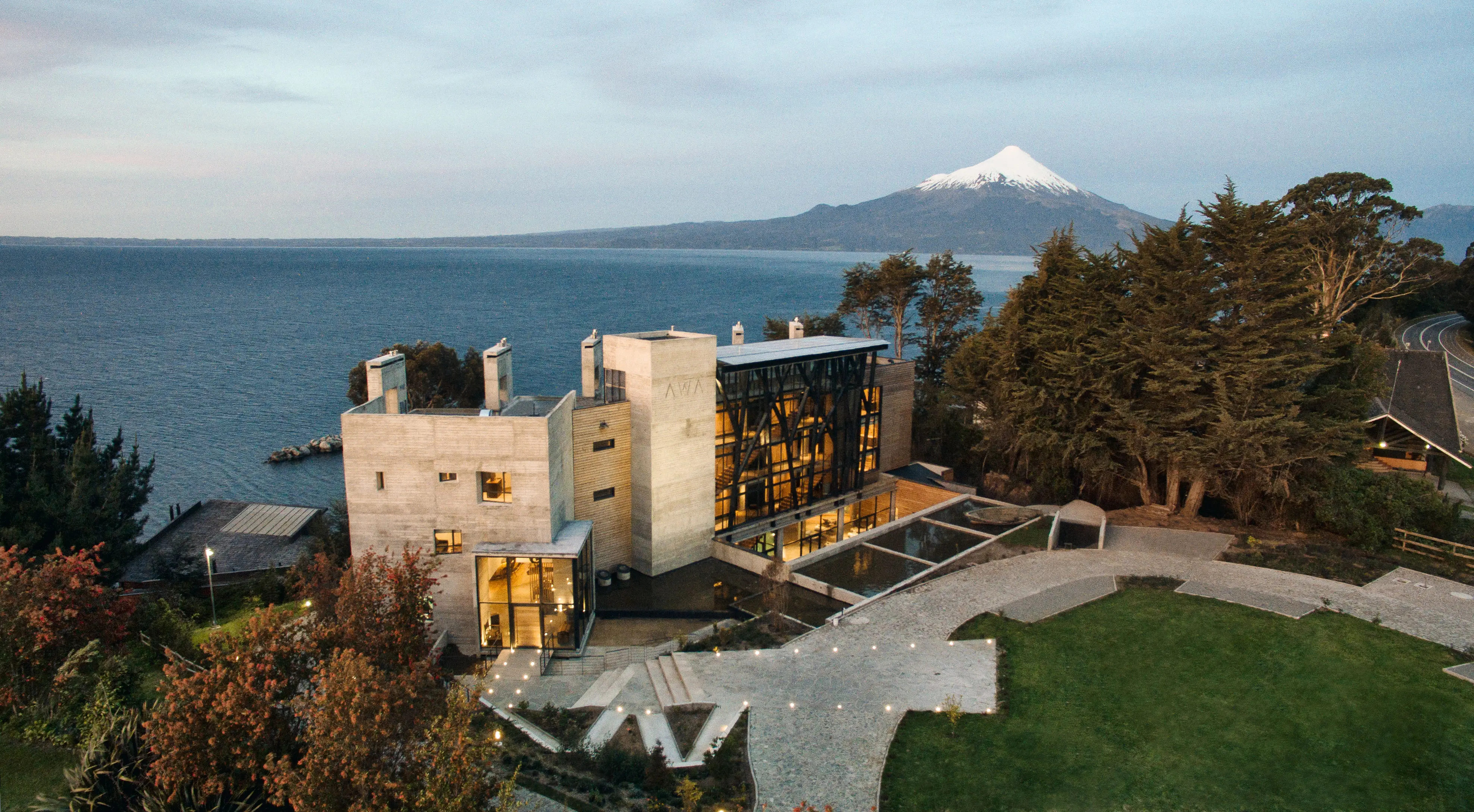
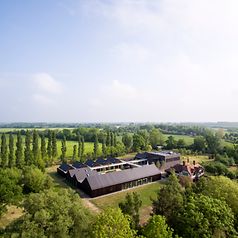
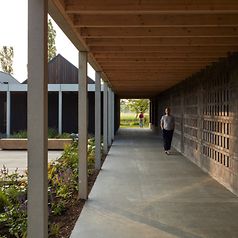

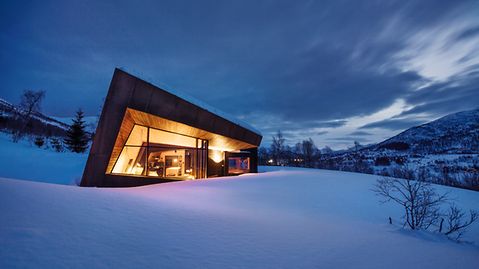
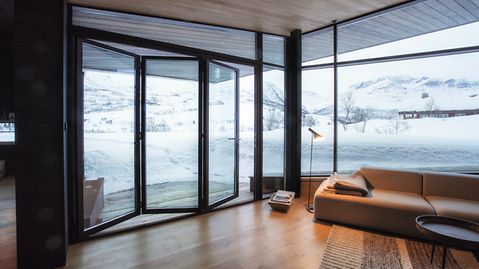
Slow architecture – slow food for the man-made environment
“Back to basics. Back to purity. Less, but better.” These short statements encapsulate the principles for good design held by renowned designer Dieter Rams. A more conscientious approach to things is re-emerging in the world of design and thus also architecture. Just like a meal created in the spirit of the slow food movement from local, sustainably produced ingredients, the central tenet of slow architecture is to consider the location, materials and sustainability as a whole, without neglecting the design aspect. Slow architecture means long-lasting materials and structures as well as the deliberate omission of redundant features. A counter-model to the digital, globalised world. Beautiful buildings are created with respect for local tradition and blended into the topography of the land so they can age with dignity, without losing their charm.
Recommended reading
Interview with the sociologist Christiane Varga
Ted Talk with Carl Honoré